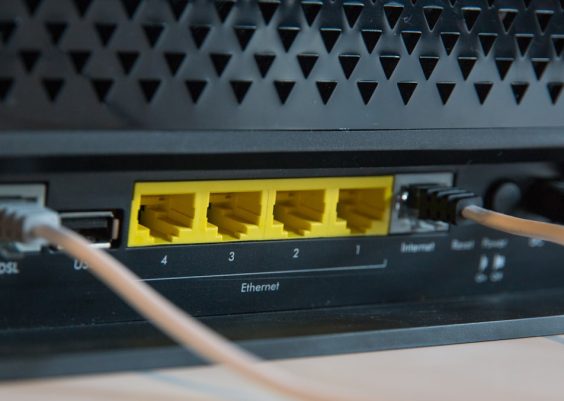A managed Endpoint Detection and Response (EDR) solution is a vital component of modern cybersecurity strategies. As cyber threats continue to evolve in complexity and frequency, businesses must prioritize proactive threat detection and rapid response. A managed EDR service offers this by combining cutting-edge technology with expert oversight, enabling organizations to safeguard their endpoints without the burden of maintaining and managing the system in-house.
Managed EDR services are designed to monitor endpoints in real-time, detect malicious behavior, and respond to threats efficiently. These solutions provide an essential layer of defense in an era where ransomware, phishing, and advanced persistent threats (APTs) have become commonplace.
Contents
Key Features of a Managed EDR Solution
Below are the essential features every effective managed EDR solution should offer:
1. Real-Time Threat Detection
An effective EDR system continuously monitors endpoints to detect suspicious activity instantly. This includes behavioral analysis, signature-based detection, and leveraging threat intelligence feeds to identify anomalies.

By using machine learning and AI-driven analytics, managed EDR solutions can identify threats more accurately and reduce false positives significantly.
2. 24/7 Security Monitoring and Incident Response
Cyber incidents can occur at any time. Thus, continuous monitoring is non-negotiable. A managed EDR provider ensures that security experts are watching over the network around the clock, ready to respond to any emerging threat.
This includes both automated and human-led responses like isolating infected machines, terminating malicious processes, or rolling back suspicious changes.
3. Centralized Management Console
A single pane-of-glass console allows IT teams and managed service providers (MSPs) to manage endpoint security across the organization. This helps in maintaining uniform security policies and facilitating clear visibility into the security posture.
The console often includes dashboards for real-time analytics, log management, and threat investigation tools.
4. Threat Hunting Capabilities
Proactive threat hunting involves actively searching for hidden threats that might have bypassed automated defenses. Managed EDR providers use historical data, behavioral patterns, and global threat intelligence to investigate unusual activity.

This approach reduces dwell time and ensures threats are neutralized before causing significant harm.
5. Automated Remediation and Containment
Speed is critical when dealing with threats. Automated playbooks in EDR software can quickly perform actions such as quarantining files, blocking malicious IPs, or disconnecting endpoints from the network.
Such swift actions minimize damage and ensure continuity of operations even during an attack.
6. Integration with Existing Security Stack
A good managed EDR solution integrates seamlessly with SIEM (Security Information and Event Management), firewalls, antivirus, and cloud environments. This interoperability enhances overall threat visibility and contributes to a broader, more efficient cybersecurity ecosystem.
7. Expert Analyst Support and Recommendations
Beyond technology, the human element adds immense value. Managed EDR often includes access to experienced security analysts who provide context-rich threat analysis, forensic investigations, and tailored security recommendations.
8. Compliance and Reporting Tools
Managed EDR solutions come with built-in compliance support to help meet industry standards like GDPR, HIPAA, and PCI-DSS. Detailed logs and reports simplify auditing and help demonstrate regulatory compliance to stakeholders.
This is especially helpful in managed environments where organizations are accountable for safeguarding sensitive customer and employee data.
Conclusion
A managed EDR solution offers holistic protection by combining advanced threat detection, human expertise, and real-time response capabilities. For organizations seeking to bolster their cybersecurity without building and managing their own security operations center, opting for a managed EDR provider can be a strategic, cost-effective decision.

Frequently Asked Questions (FAQ)
- Q1: What’s the difference between EDR and managed EDR?
A traditional EDR tool only provides technology for threat detection and response, whereas a managed EDR includes expert oversight, continuous monitoring, and incident handling done by security professionals. - Q2: How does managed EDR reduce response time?
Managed EDR solutions use automation and real-time monitoring, which enables instant detection and mitigation actions such as isolating infected devices and stopping malicious processes. - Q3: Is managed EDR suitable for small businesses?
Yes, managed EDR is ideal for small to mid-sized companies that may lack internal cybersecurity expertise but still require enterprise-grade protection. - Q4: What kind of support can I expect from a managed EDR provider?
Support typically includes 24/7 monitoring, threat intelligence updates, incident containment, forensic analysis, and compliance reporting. - Q5: Does managed EDR replace antivirus software?
Managed EDR complements antivirus software. While antivirus blocks known viruses, EDR focuses on detecting and responding to complex, evolving threats including zero-day attacks.




